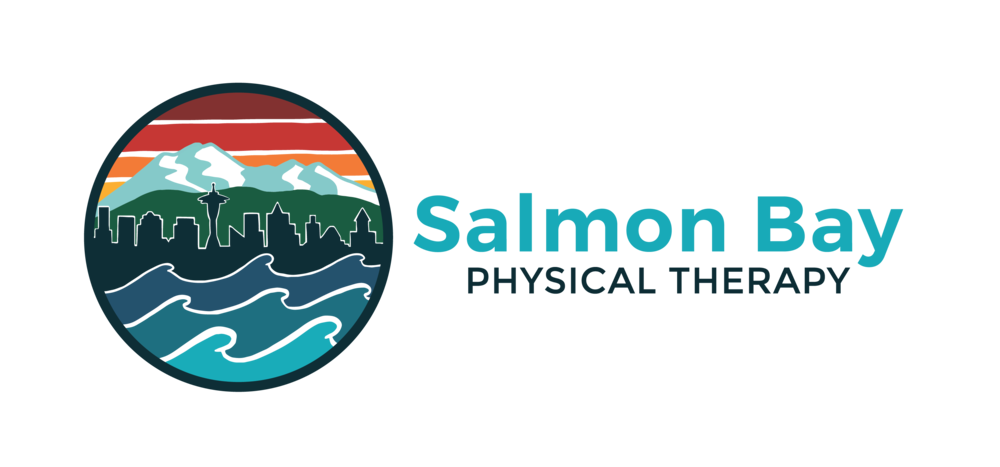Shoulder Pain
Below are some of the most common conditions impacting the shoulder, as described by the American Physical Therapy Association.
Shoulder Impingement
Shoulder impingement syndrome is a condition that develops when the rotator-cuff tendons in the shoulder are overused or injured, causing pain and movement impairments. Shoulder impingement syndrome may also be referred to as "subacromial" impingement syndrome because the tendons, ligaments, and bursa under the "acromion" can become pinched or compressed. The shoulder is made up of 3 bones called the humerus, the scapula, and the clavicle. The acromion is a bony prominence on the top of the scapula, which can be felt as a bump at the tip of the shoulder.The rotator cuff tendon and the bursa sit beneath the acromion. The bursa is a fluid-filled sac that provides a cushion between the bony acromion and the rotator cuff tendon, and it can become compressed underneath the acromion. Impingement symptoms can occur when compression and microtrauma harm the tendons.
Rotator Cuff Tear
The "rotator cuff" is a group of 4 muscles and their tendons (tissues that attach muscles to bones), which connects the upper arm bone, or humerus, to the shoulder blade. The important job of the rotator cuff is to keep the shoulder joint stable. Sometimes, the rotator cuff becomes inflamed or irritated due to heavy lifting, repetitive arm movements, or trauma such as a fall. A rotator cuff tear occurs when injuries to the muscles or tendons cause tissue damage or disruption.
Adhesive Capsulitis (Frozen Shoulder)
Adhesive capsulitis is the stiffening of the shoulder due to scar tissue, which results in painful movement and loss of motion. The actual cause of adhesive capsulitis is a matter for debate. Some believe it is caused by inflammation, such as when the lining of a joint becomes inflamed (synovitis), or by autoimmune reactions, where the body launches an "attack" against its own substances and tissues.



